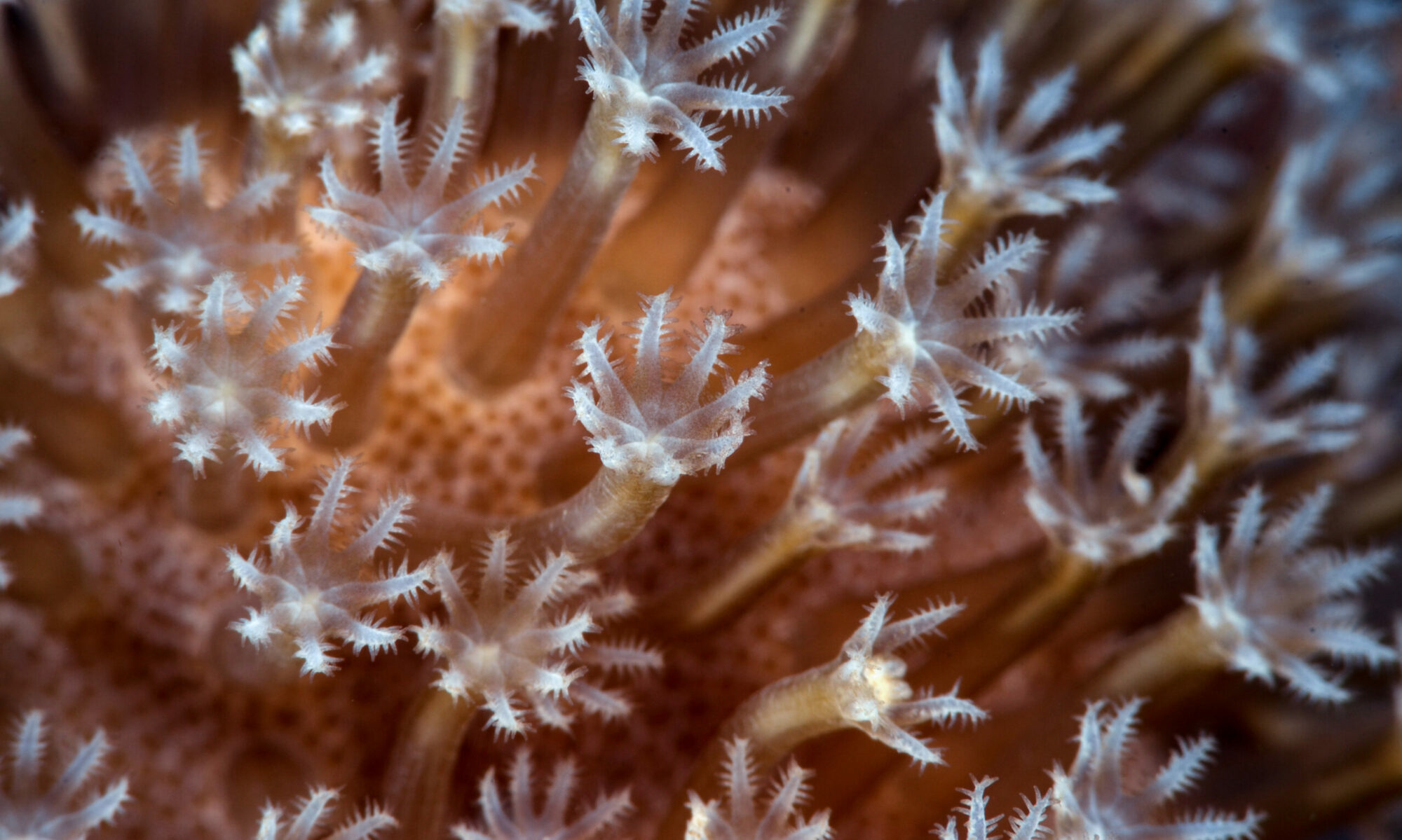The distribution of organisms within the marine ecosystems is extremely patchy in nature, and often clusters into predictable zones. Shallow reef flats are often dominated by macroalgae and seagrasses, whereas reef slopes that buffer waves support accreting organisms such as crustose coralline algae and hard corals. The distribution patterns of corals in these two reef zones are similar, as well.
Guam EPSCoR aims to describe the population genetic structure of coral species and overlay this information with the major environmental parameters that dominate each reef zone (i.e., zones that often experience thermal stress or frequent sedimentation events).

Goal:
characterize spatial and temporal dynamics of physical environments of Guam’s Coral Reef.
Core Objectives:
- Develop bathymetry and benthic habitat map of the target sites;
- Develop model that characterizes physical environments of the target sites;
This material is based upon work supported by the National Science Foundation under Grant Number OIA-1457769.
Any opinions, findings, and conclusions or recommendations expressed in this material are those of the author(s) and do not necessarily reflect the views of the National Science Foundation.

